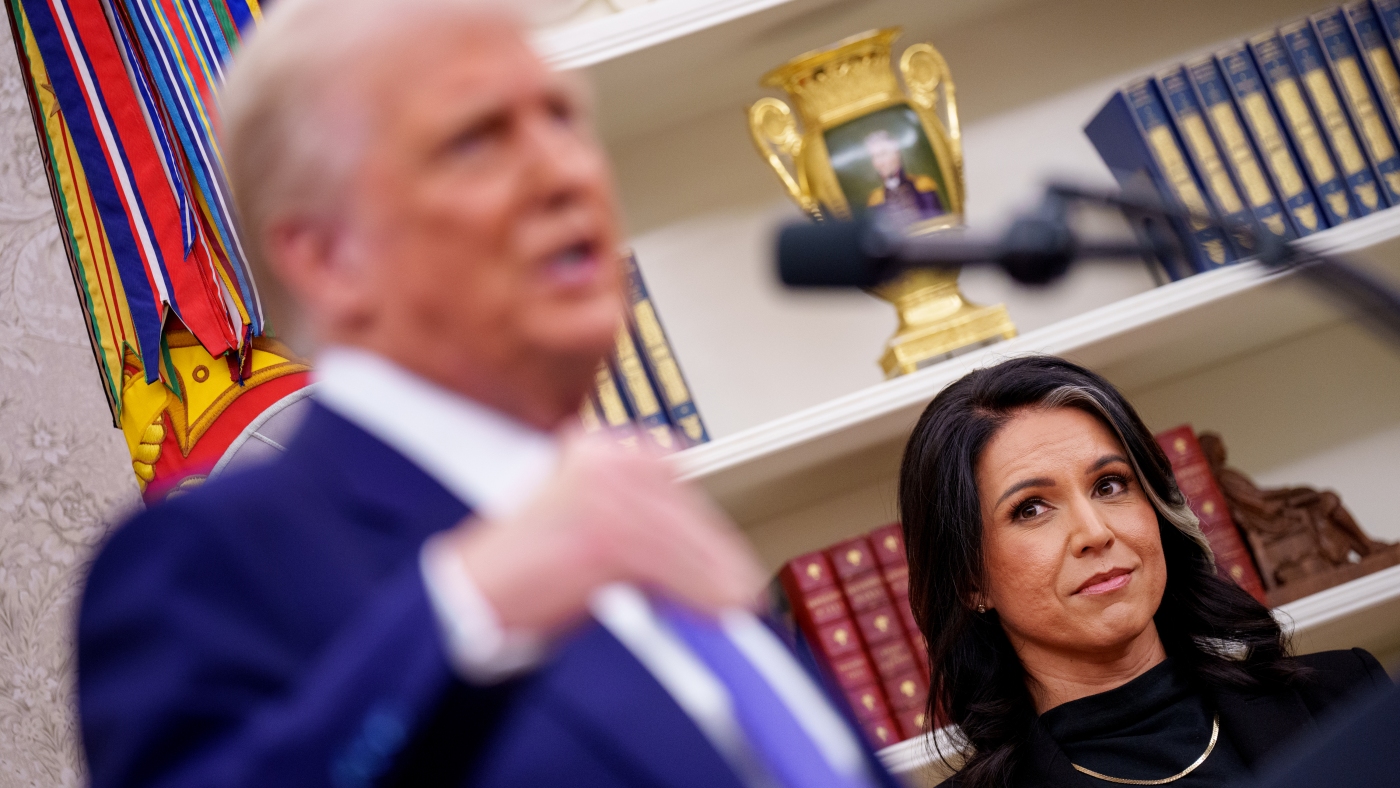The Office of the Director of National Intelligence (ODNI) has recently released findings that question long-standing views about Russian interference in the 2016 U.S. presidential election. This latest report adds to a debate that has continued since then, with former President Donald Trump repeatedly calling the investigation a “hoax.” Despite extensive evidence reviewed by intelligence experts and the Department of Justice, these claims persist.
On a recent Friday, ODNI Director Tulsi Gabbard announced that there is “overwhelming evidence” suggesting that the Obama administration politicized intelligence to undermine Trump. This has sparked discussions on social media platforms, including X (formerly Twitter) and Truth Social. Many users echoed Gabbard’s comments, claiming renewed scrutiny of past intelligence assessments.
Among the documents Gabbard made public are emails revealing discussions among Obama officials about Russian interference. They concluded that while the chances of successfully altering vote totals were low, actions could still sway public confidence in the elections. One redacted email noted that there wasn’t evidence of a direct threat to the vote count, but stated that any cyberattack on election infrastructure could negatively affect public perception.
Gabbard also released a timeline of events leading up to the 2017 assessment of Russian influence. While she contends that these findings contradict previous intelligence community assessments, it is crucial to note that officials never claimed large-scale alteration of voting systems had occurred.
The intelligence community’s 2017 assessment concentrated on Russia’s use of social media and disinformation campaigns aimed at influencing public opinion. Experts from various fields, including politics and cybersecurity, argue that Russian efforts focused more on shaping perceptions rather than directly affecting vote counts.
In contrast, some Democrats condemned the recent findings as politically motivated, stating that they contradict established intelligence reviews. For instance, Rep. Jim Himes described the ODNI publication as “utter nonsense” on social media.
Senator Mark Warner, vice chairman of the Senate Intelligence Committee, criticized Gabbard for allegedly misusing her role to reinforce unproven conspiracy theories. He emphasized that Gabbard’s claims do not align with the broader understanding of Russia’s activities during the 2016 election.
Adding to the dialogue, CIA Director John Ratcliffe recently released a report revisiting the intelligence processes leading up to the 2017 assessment. This report suggested that intelligence might have been manipulated to target Trump. However, it did not specifically refute the main conclusion from the 2017 assessment about Russia’s attempts at influencing U.S. elections.
Research indicates that trust in the media and election processes can significantly impact voter turnout and behavior. A 2022 Pew Research study found that 61% of Americans believe misinformation plays a large role in political polarization. Understanding how past events influence current sentiments can help voters navigate the complex landscape of information today.
As debates continue, expert opinions and public reactions remain crucial. Evaluating the evidence and the context of these findings can help clarify misunderstandings in ongoing discussions about foreign influence in American politics.





















